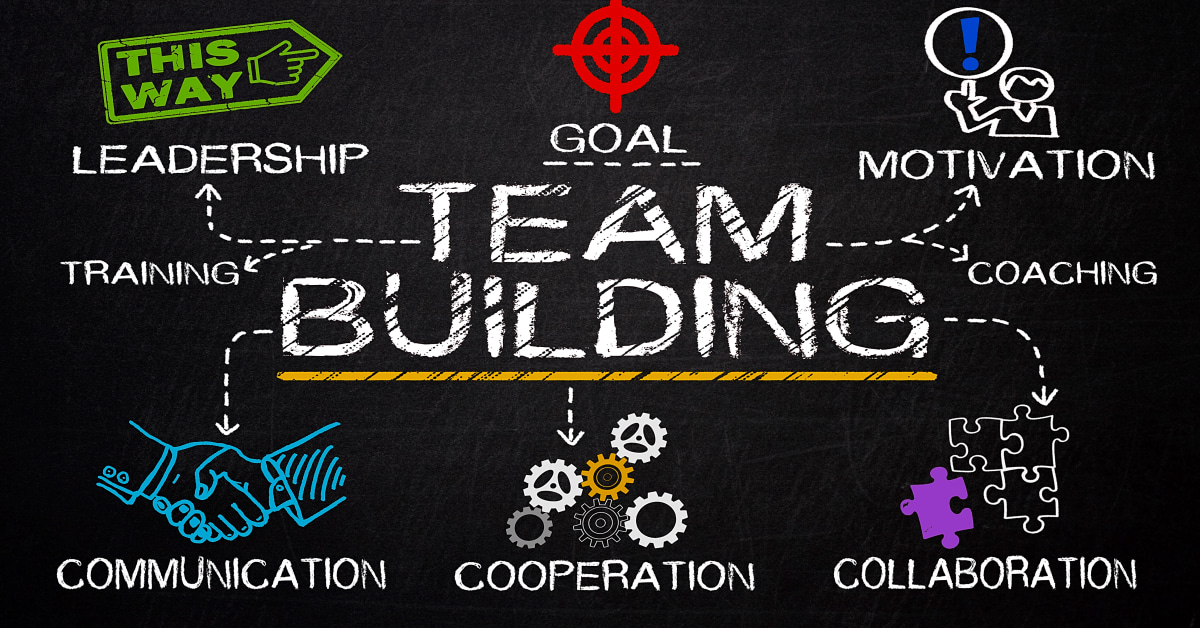Welcome to our article on effective team building strategies for operational leadership. In today’s fast-paced and ever-changing business world, having a strong and cohesive team is crucial for success. That’s why many organizations are investing in team building retreats to improve communication, collaboration, and overall team dynamics. In this article, we will explore the benefits of team building and provide you with practical strategies to enhance your team’s performance. Whether you are a leader looking to strengthen your team or an employee seeking ways to improve teamwork, this article is for you. Let’s dive in and discover how team building can help your organization thrive.
Team building retreats have become a popular tool for operational leadership in recent years. These retreats are designed to bring a team together and improve communication, collaboration, and problem-solving skills. By participating in various activities and challenges, team members learn to work together and understand each other’s strengths and weaknesses. This not only leads to a more cohesive team, but also allows leaders to identify potential areas for improvement within their team.
One of the main goals of team building retreats is to foster a sense of unity among team members. By participating in activities such as trust falls, blindfolded obstacle courses, and group challenges, team members are forced to rely on each other and communicate effectively in order to succeed. This not only strengthens relationships within the team, but also helps individuals understand the importance of effective communication and teamwork.
Another important aspect of team building retreats is the opportunity for leaders to observe and evaluate their team members in a new environment. Away from the pressures of the office, leaders are able to see how their team members interact and handle challenges in a different setting. This can provide valuable insights into individual strengths and weaknesses, allowing leaders to better understand how to utilize their team members’ skills in the workplace.
Team building retreats also offer a chance for leaders to develop their own leadership abilities. By participating in team building activities alongside their team members, leaders are able to lead by example and showcase their own problem-solving and communication skills. Additionally, many team building retreats include workshops or seminars focused on leadership development, providing leaders with valuable tools and strategies to improve their leadership abilities.
In conclusion, team building retreats are an effective way to not only bring a team together, but also enhance leadership abilities. By participating in various activities and challenges, team members are able to improve communication and collaboration skills while also gaining a better understanding of each other’s strengths and weaknesses. Leaders also benefit from team building retreats by observing their team members in a new environment and developing their own leadership skills. If you’re looking to become a more effective leader, consider incorporating team building retreats into your leadership development plan.
Developing Management Skills
In addition to improving leadership abilities, team building retreats can also focus on developing specific management skills. These may include time management, decision making, conflict resolution, and delegation. Through hands-on activities and workshops, participants can learn new techniques and strategies for managing their team effectively.
Enhancing Problem-Solving Skills
Effective leaders must be able to think critically and solve problems efficiently. Team building retreats often include problem-solving challenges that require participants to work together and come up with creative solutions. This not only improves problem-solving skills, but also encourages collaboration and communication within the team.
Identifying Your Leadership Style
Understanding your own leadership style is crucial for effective leadership. During a team building retreat, participants are often given the opportunity to reflect on their own strengths and weaknesses as leaders. This can help individuals better understand their leadership style and how it may impact their team.
Some common leadership styles include democratic, autocratic, and transformational. Each style has its own strengths and weaknesses, and it’s important for leaders to recognize which style they naturally lean towards.
Democratic leaders involve their team in decision-making processes and value the input of each team member. This style promotes collaboration and inclusivity, but can also lead to slower decision-making.
Autocratic leaders make decisions on their own and expect their team to follow their instructions without question. This style can be effective in high-pressure situations, but can also lead to a lack of autonomy and motivation within the team.
Transformational leaders inspire and motivate their team to work towards a common goal. This style emphasizes communication, creativity, and innovation, but can also be overwhelming for some team members.
In summary, team building retreats offer a unique opportunity for leaders to develop their skills while also strengthening their team. By identifying your leadership style, developing management skills, and enhancing problem-solving abilities, you can become a more effective operational leader. So why wait? Start planning your team building retreat today and take your leadership to the next level.
